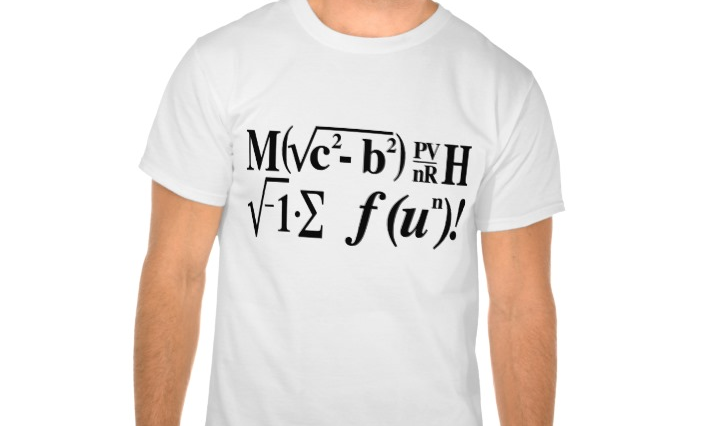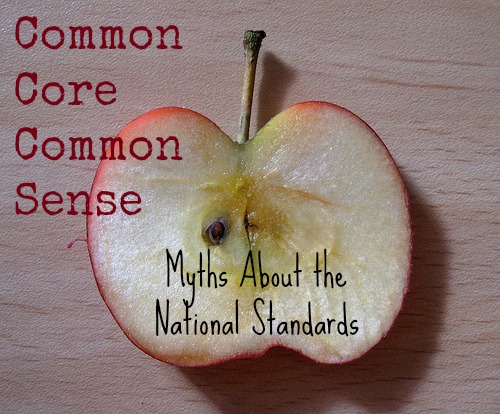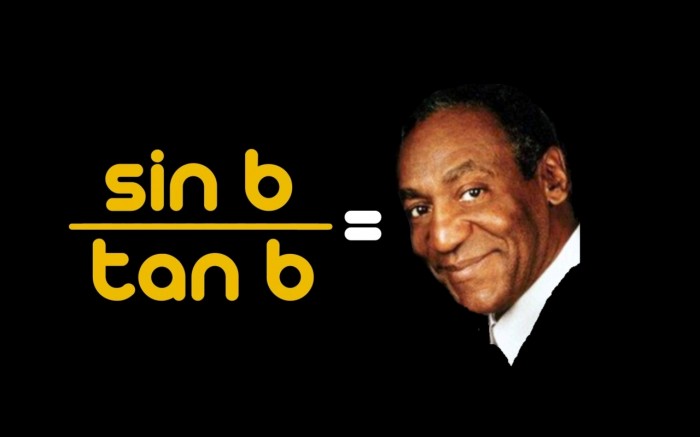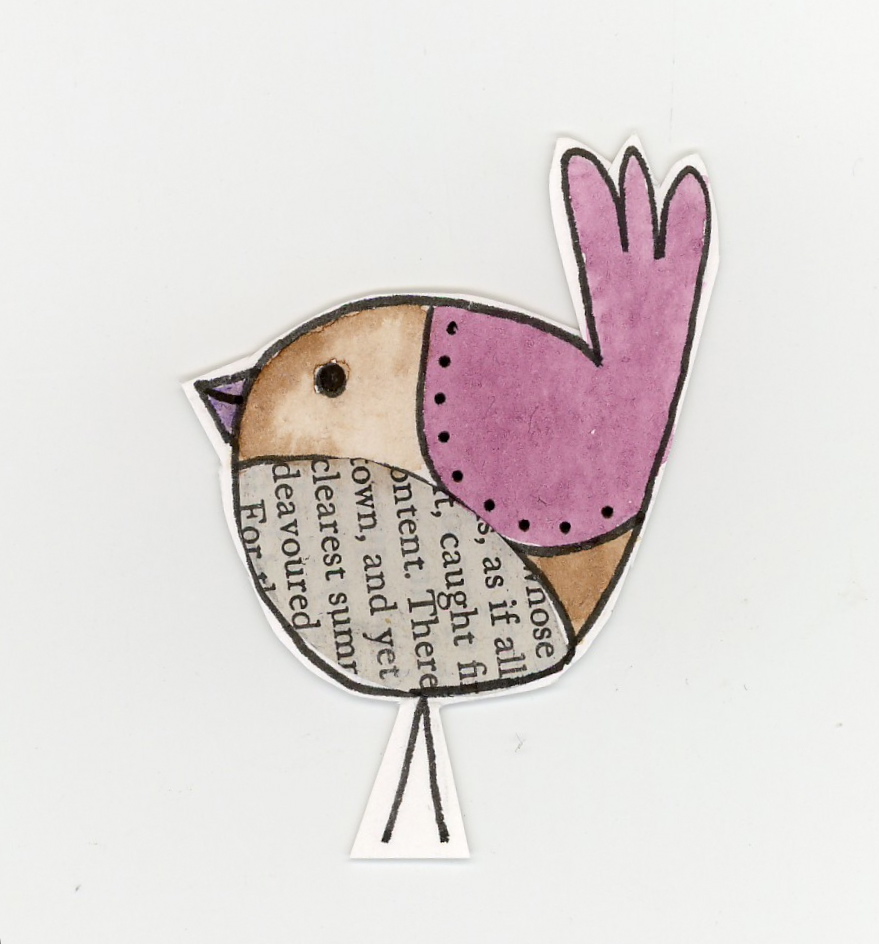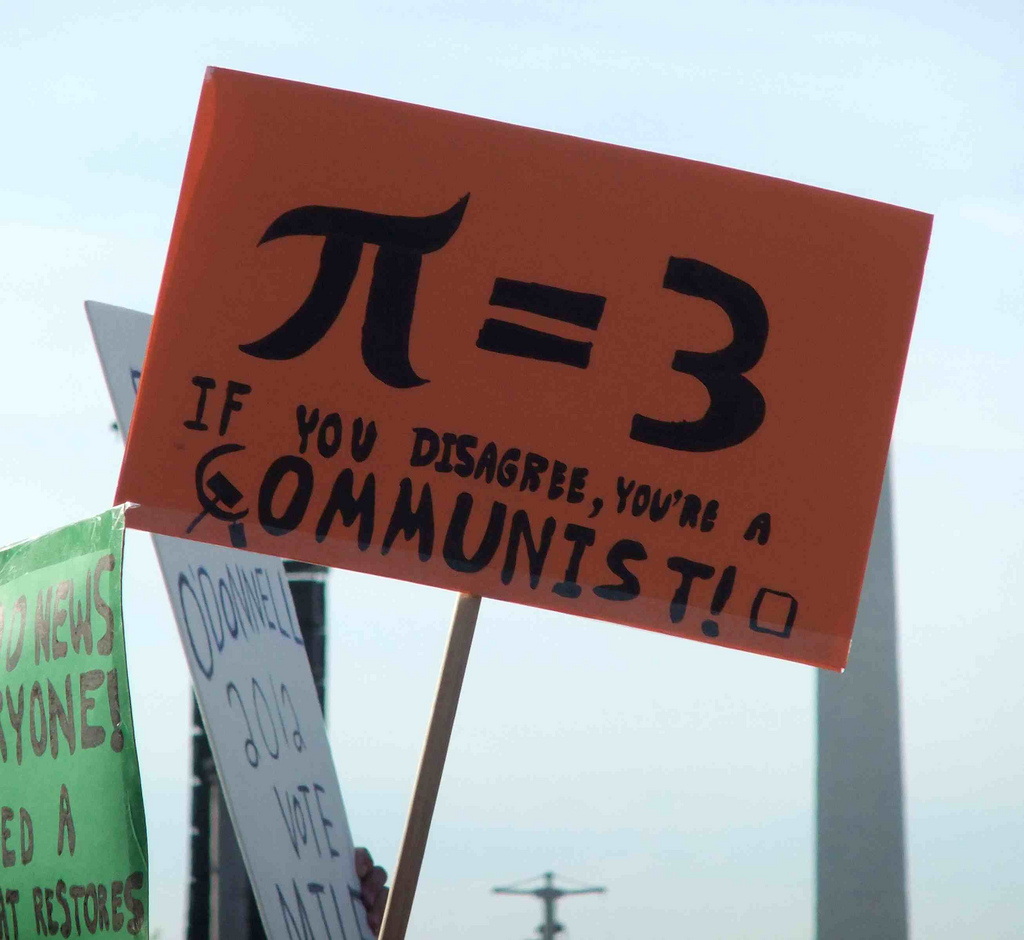We’ve all seen them. Mathy t-shirts, mugs and social media graphics that offer a fun phrase for those who can decode the message. But have these ever made you feel a little, well, not so mathy? Me too.So let’s unlock the mysteries
Decoding Geeky T-Shirts, Episode 1
